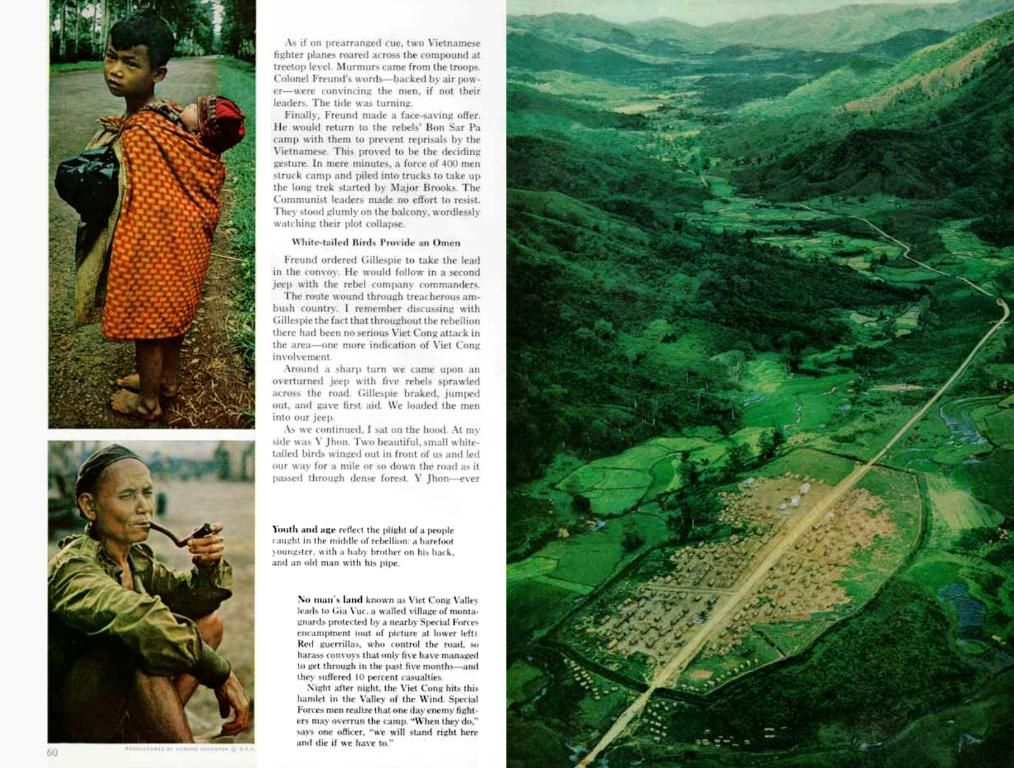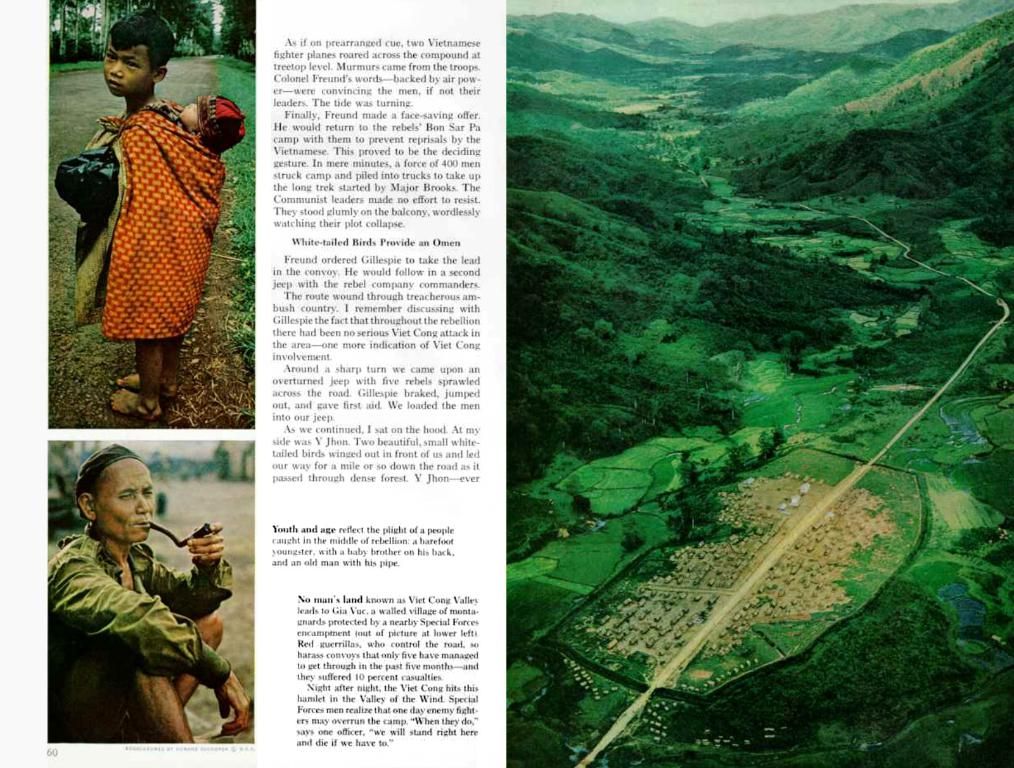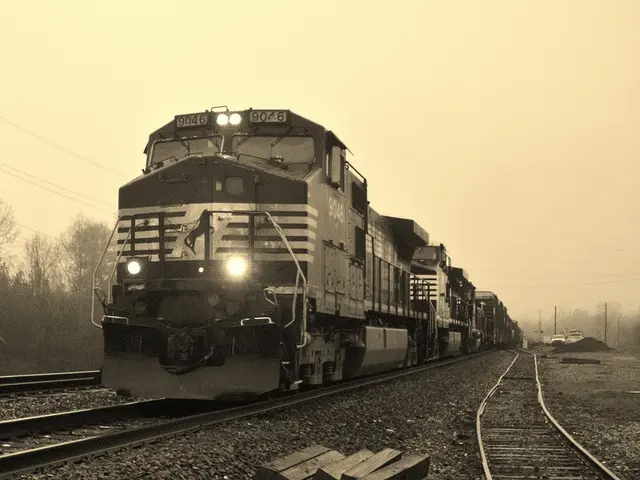Ice-Chasers Causing a Stir on Hoherodskopf
The first dusting of snow this weekend brought thrill-seekers flocking to Hoherodskopf in Vogelsberg district. According to police reports made on Monday, a total of 45 vehicles and around 80 individuals were spotted in a parking area by nightfall on Sunday. Known as drifters, these adventurers often engage in exploits that go beyond the call of duty - specifically, intentionally swerving their vehicles, especially in areas not intended for such activities, like race tracks.
Complaints flooded in to the authorities regarding excessive drifting on the high plateau. Upon inspection, two vehicles were found to be violating traffic regulations. Each driver was slapped with a fine for purposely pumping out exhaust emissions, setting them back €160 apiece, as per the police announcement. In a bid to cover all bases, the authorities vowed to increase their presence on Hoherodskopf in the coming weeks and mete out strict punishments to offenders.
Drifters, misled by the thrill of their activity, sometimes disregard the significance of designated areas. Their actions can lead to unintended consequences, such as causing unnecessary exhaust emissions and disrupting the natural balance of the surrounding high plateau.
The Unseen Consequences of Drifting
- Soil Compaction and Erosion: Off-road activities can result in the compaction of soil, leading to waterlogging and erosion. In areas like Hoherodskopf, which is renowned for its rich natural beauty, this can have detrimental effects on the environment.
- Damage to Vegetation: The tracks left by drifters can disrupt plant growth and alter the natural ecosystem.
- Wildlife Disruption: Drifting vehicles can also disturb the natural behavior of wildlife, potentially leading to a disruption of their habitats and populations.
Steps Taken by Authorities to Combat Off-Road Activities
- Legislation: Germany has stringent regulations regarding off-road driving, such as the Federal Nature Conservation Act (Bundesnaturschutzgesetz) and state-specific laws. These regulations often prohibit or restrict off-road driving in protected areas.
- Permits and Licenses: Authorities may require permits or licenses for off-road activities, which often include environmental impact assessments.
- Protected Areas: Designating protected areas like Hoherodskopf as nature reserves or strictly governed zones can help regulate off-road activities and minimize environmental disturbances.
- Enforcement: Regular patrols and inspections by park rangers or environmental officers ensure that regulations are adhered to and deter illegal activities.
- Education and Awareness: Authorities often raise awareness about the environmental impacts of off-road driving through information campaigns and guided tours that respect environmental guidelines.
- Infrastructure Development: Creating designated trails and maintaining them regularly can help minimize erosion, while providing safe and fun off-road experiences for visitors.
By actively addressing off-road activities and promoting responsible use of protected spaces, authorities aim to preserve Hoherodskopf as a sustainable and breathtaking destination for generations to come.








